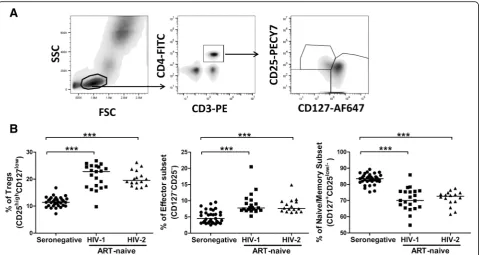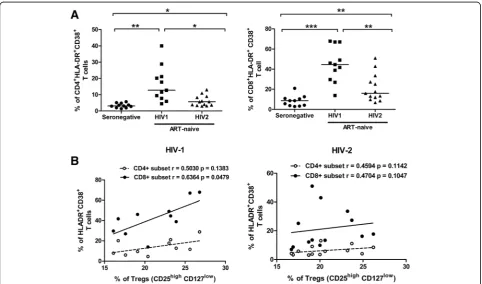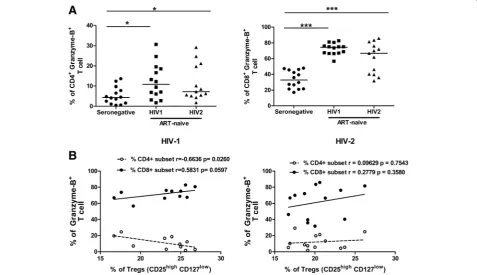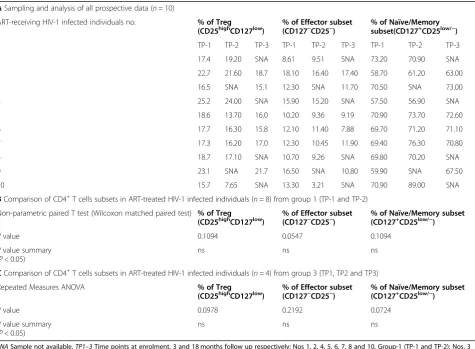Immune signatures for HIV 1 and HIV 2 induced CD4+T cell dysregulation in an Indian cohort
Full text
Figure




Related documents
Comparison of the radar observations with the concur- rent measurements of the E × B drift on the DMSP satel- lites showed that the first HOK velocity intensification was observed
Hence, this study was intended to investigate scabies outbreak, identify risk factors, and rec- ommend preventive measures in Kechabira district, Kembata Tembaro zone,
TB initiated the analysis of family B30 using the GoldenGate panel and the KASPar SNP genotyping system, selected SNPs for the mapping of PanI and Hb loci, generated the genetic
T-DNA insertion lines in ecotype Col-0 were obtained from the Arabidopsis Biological Resource Center (ABRC, Columbus, OH) for genes encoding six of the eight enzymes of the
21, with higher scores indicating greater levels of depression or anxiety. For both
NATURE AND PURPOSE OF THE STUDY: You are being asked to take part in a research study to determine the clinical profile of tuberculosis among health care workers
We have demonstrated that the stimulation of virion production in chronically infected T cells and promonocytes is associated with a 3- to 5-fold increase in the steady-state level
Comparison of the predicted structure of the HSV-2 ICP32/VP19c protein with the structures of related proteins encoded by other herpesviruses suggested that the internal


